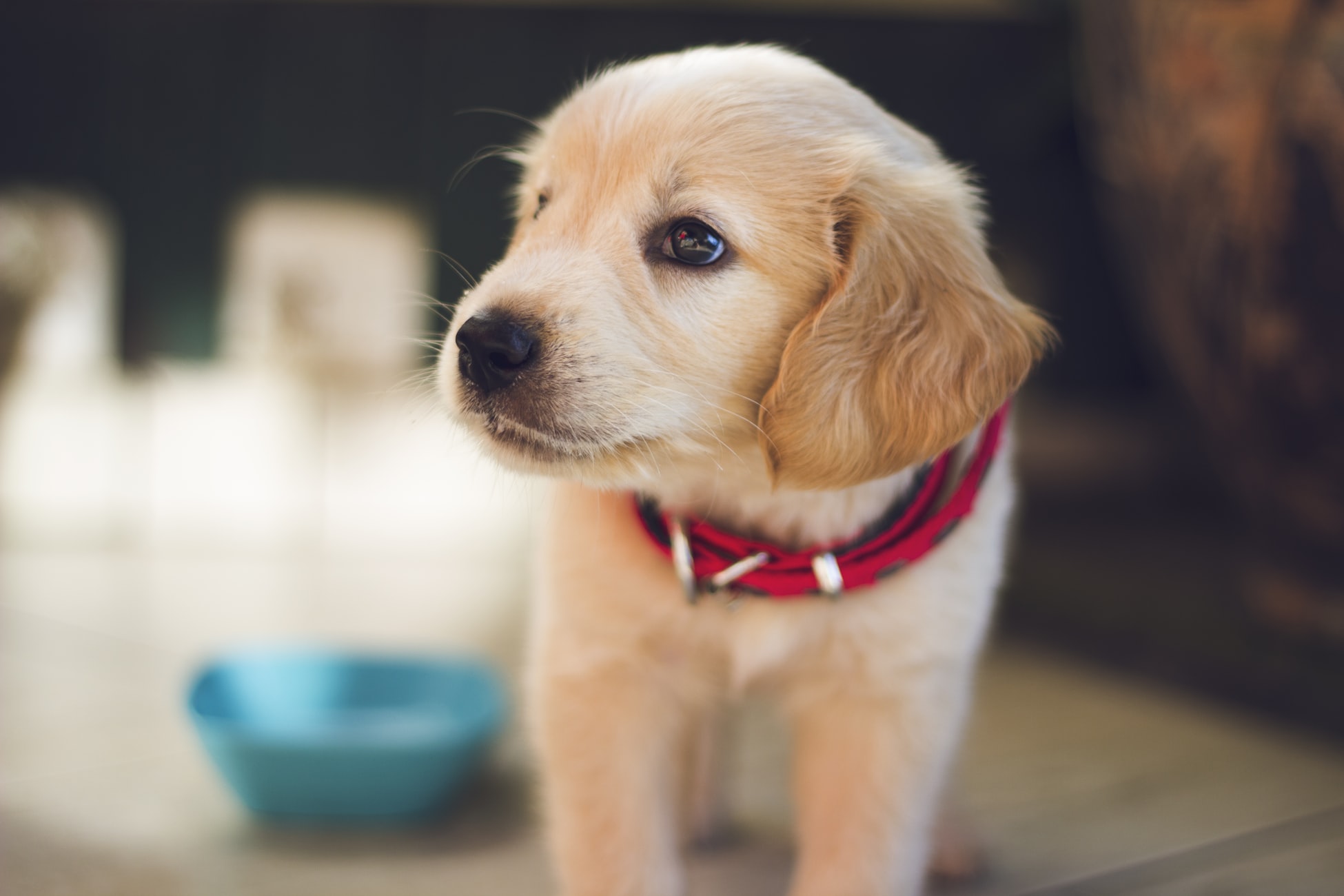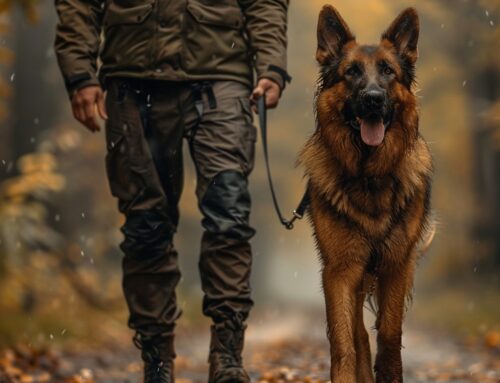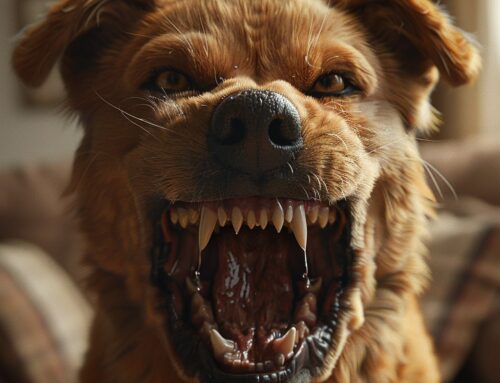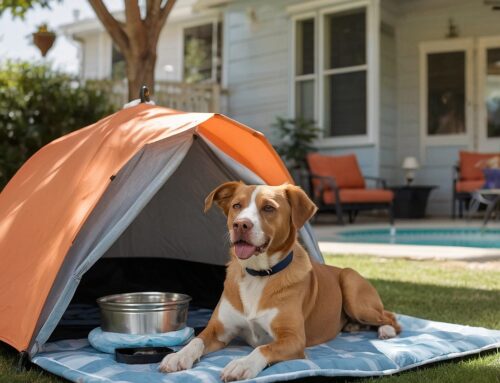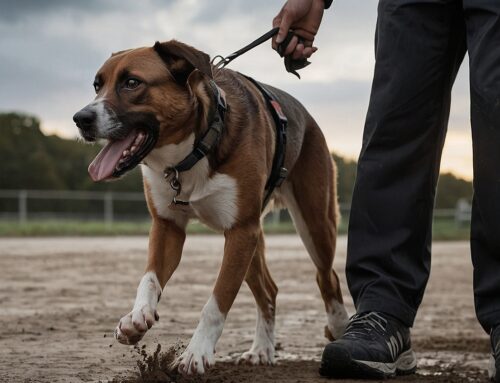When a pet parent brings home their new puppy, one of the most optimal ways of potty training is crate training. A crate offers a puppy a safe haven, and when done correctly, a pup associates its crate with good things.
How Long Does Crate Training Take?
Each puppy is different when it comes to crate training. Some may take to it within a few weeks, while others may take a little longer. Consistency is vital when it comes to crate training, which means having a potty schedule in place on when to take your pup out to do their bathroom business. The younger a dog, the more potty breaks it will need. Mostly, crate training teaches your puppy how to “hold” it. When they come out of their crate, immediately take them outside to do their potty business. In some instances, pet parents carry their puppy outside to avoid accidents on the way outside.
When puppies go potty outside, praise them for a job well done. If they do their “business,” they can have freedom in the house for a period of time. If they drink water during this time, remember that they will need to relieve themselves within the next 10 minutes.
If a dog has not relieved themselves after taking them out of their crate, put them back in their crate for another 5 to 10 minutes with the goal of a potty experience.
If pet parents are working, the best advice is to hire a pet sitter to check in on the puppy for bathroom relief every two to three hours. As a puppy matures, they can hold it for longer lengths of time.
Choosing The Right Size Crate
One of the most common errors pet parents make is purchasing a crate that is too large for their puppy. Generally, a puppy will have 3 to 4 different sized rates as they mature. Purchasing too large of a crate will make a puppy think they can use it one end of it for potty relief. Buy a crate roomy enough for a puppy to stand and turn around, but not large enough for them to cruise around.
Another option is to purchase a crate with divider options. So, as your puppy grows, you can make those size accommodations.
Making The Crate A Happy Place
One of the most vital things is to have your puppy associate the crate with happy things such as feeding them meals and treats. After playing with your puppy, take them out for a potty break (keep the potty place the same place for association), and then return them into their crate with a calm state of mind. Toss in a treat to make the crate even more appealing. When introduced correctly, crates allow puppies and dogs the time to decompress and relax — it offers dogs a den-like experience.
A Crate Is More Than Just For Potty Training
While a crate helps in the potty training process, it’s also ideal when a pet parent is unable to keep a watchful eye over their puppy. Like toddlers, puppies will invariably get into things that they are not supposed to be exploring in the first place. To keep your puppy safe from ingesting something that could dangerous, keep them in their crate if they cannot be supervised.
Skip The Collars
When a puppy or dog is their crate, be sure to remove any neck collars or tags to avoid them getting caught on their crate.
Stay Patient, Be Patient
View potty training in the same way as teaching a child toilet training. Like a baby or toddler, they have little bladders, so remember that frequent potty breaks are essential. For any potty mishaps, remember to use a product like Nature’s Miracle, which breaks down the smell at a molecular level. Using a product that does not eradicate this smell will encourage puppies and dogs to continue to potty in the same area, which should be avoided at all times.
Need More Help?
The Yappy Puppy Program offered by Performance K9 Training is regarded for helping pet parents with the critical puppy stages ranging from potty training, mouthing, proper socialization, and jumping. Contact us today to learn more about how we can help you and your puppy!



